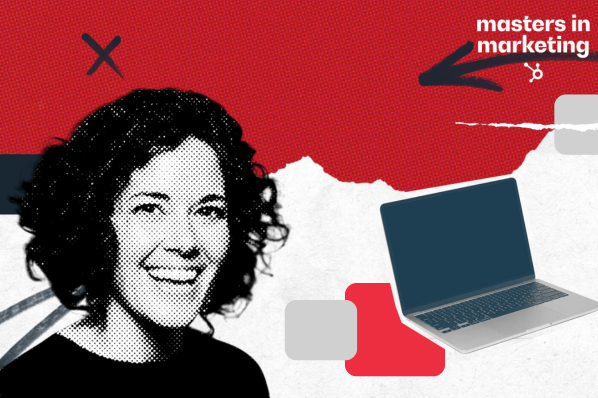What is demographic segmentation?
Demographic segmentation separates your target market into specific, accessible groups of people based on personal attributes like geography, age, education, occupation, and income. By leveraging demographic segmentation, you can create personalized marketing campaigns for each slice of your target market.
Demographic segmentation can also optimize your resources and time because distributing personalized marketing messages to each slice of your target market will resonate with more people and lead to more conversions than spraying a generic message to your entire target market.
Why is demographic segmentation important?
Demographic segmentation allows you to provide a more personalized experience, complete with messaging that better resonates with your audience.
In effect, you're able to be more specific with pop culture references and slang to elicit a specific emotion. You'll also be better equipped to craft the topic of your messaging as well because the desires, needs, fears, and pains can vary from segment to segment.
It comes down to this idea:
When you speak to everyone, you speak to no one.
- Meredith Hill
According to Accenture, "91% of consumers are more likely to shop with brands who recognize, remember, and provide relevant offers and recommendations." In other words, when a prospect sees themselves in your messaging (because it's personalized to them), they are more likely to react positively.
This doesn't just apply to ads. In fact, MailChimp found that open rates and click rates soar when using segmentation in email marketing.
However, it's important to be extremely intentional about the way you use demographic segmentation in your marketing. After all, you don't want to:
- Make false assumptions about a particular segment
- Alienate current or potential customers
- Stray too far from your brand voice
- Fail to monitor trends that are happening with other segments
To learn how most brands segment their target market, check out some examples of demographic segmentation factors that can be used:
Demographic Segmentation Examples
1. Geography
Geographic segmentation slices up your target market based on their geographic location. Since people have different needs and interests across geographies, like the need for cold weather outerwear in Minnesota or the demand for swimwear in South Florida during the winter, it’s important to understand exactly how your target market’s different climates, landscapes, and cityscapes impact their preferences.
2. Age
Age segmentation slices up your target market by specific age ranges or generations, like Generation Z, Millennials, and Baby Boomers. The people in each of these groups grew up during the same time, encounter comparable experiences today, and share similar traits, habits, and opinions, so it’s crucial to distribute personalized campaigns catered for each generation.
For instance, targeting Gen Xers with a nostalgic ad about The Princess Bride might receive an outpour of praise, but targeting the same ad to Gen Zers might not even get a mention on Twitter.
3. Education
Education segmentation slices up your target market by school, area of study, and degree. A lot of brands target by education because most people have deep feelings of loyalty for their alma mater.
In fact, BuzzFeed leverages education segmentation to write articles about a specific college’s tidbits that only their alumni would know. And by writing these types of articles about almost every college in the United States, they can relate to the majority of people who went to college in the country.
4. Occupation
Occupation segmentation slices up your target market by job function, job seniority, and job title. A lot of B2B brands target their audience by occupation because they need to attract specific types of professionals who have the authority to make buying decisions on their team or at their company.
5. Income
Income segmentation slices up your target market by income range. By knowing how much discretionary income your potential customers have, you can market to the people who can actually afford your product or service, set your prices according to their income, and design pricing tiers for each slice of your target market.
Getting Personal
Nowadays, generic, spray-and-pray marketing campaigns don’t fly with consumers anymore. If you can’t relate to each segment of your target market, then you might as well pause all your campaigns.
However, if you can harness the power of demographic segmentation, you can create personalized marketing campaigns for each slice of your target market and resonate with them as much as MC Hammer did with Cheetos’s target market.
Editor's note: This post was originally published in March 2019 and has been updated for comprehensiveness.
Buyer Personas




![The definition of a buyer persona [in under 100 words]](https://53.fs1.hubspotusercontent-na1.net/hubfs/53/Copy%20of%20Featured%20Image%20Template%20Backgrounds.webp)

![How to create detailed buyer personas for your business [+ free persona template]](https://53.fs1.hubspotusercontent-na1.net/hubfs/53/what-is-a-buyer-persona-1-20251030-6008905.webp)





